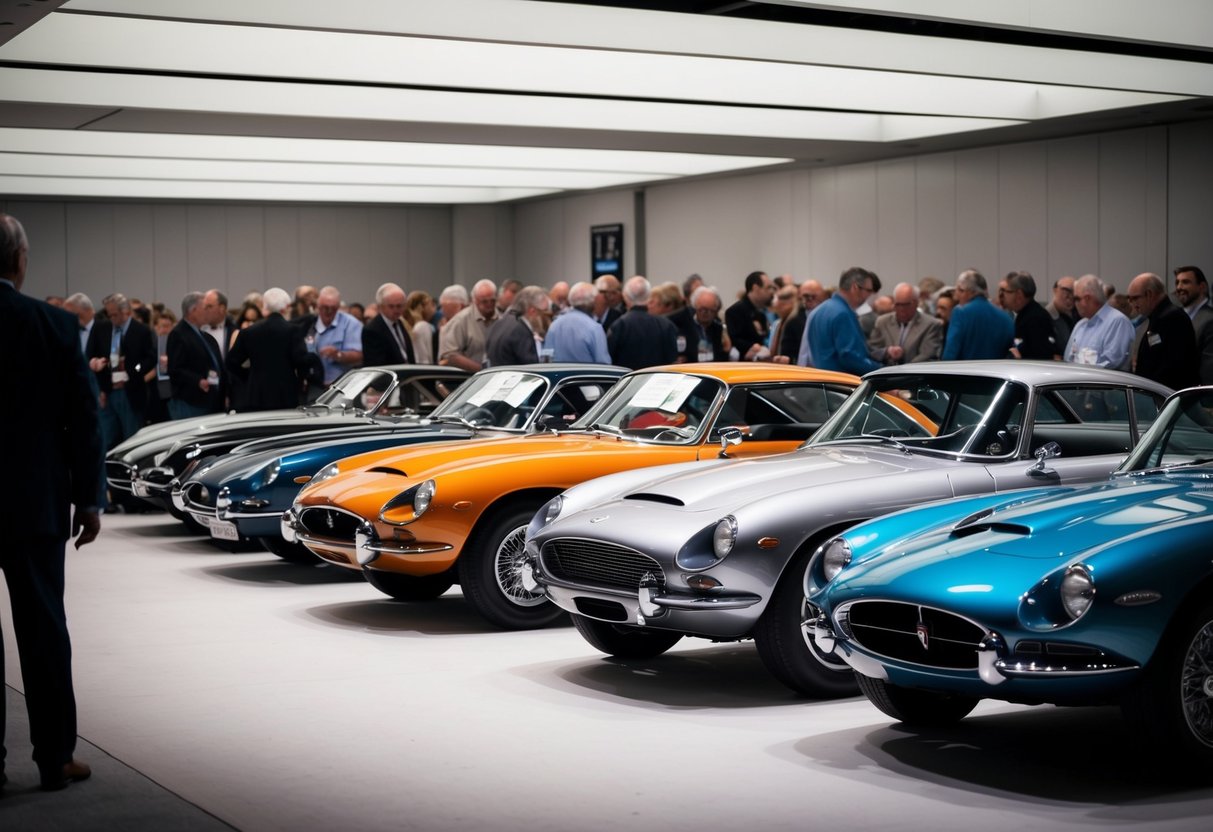
Classic Cars as Investments
Classic cars not only represent history and art but also serve as lucrative investments. Understanding their valuation trends and recognizing which models yield significant returns is crucial for enthusiasts and investors.
Valuation Trends
Valuation trends in classic cars have shown considerable growth over the past few decades. Various factors influence these trends, including rarity, condition, and historical significance. Collectors prize models that maintain their authenticity and traceable heritage. The market fluctuates with economic conditions, but some brands, such as Ferrari and Porsche, consistently demonstrate strong appreciation.
Auction houses often report record-breaking sales, emphasizing the importance of timing and market knowledge. Predicting trends involves analyzing recent sales data and understanding changing collector preferences. This insight guides potential buyers in making informed investment decisions, ultimately maximizing returns.
Spotlight on Profitable Classic Cars
Certain classic cars have proven to be exceptionally profitable investments. The Ferrari 250 GTO, for instance, is one of the most coveted cars, fetching millions at auctions. Similarly, the Aston Martin DB5, famed for its association with James Bond, remains a desirable and profitable asset.
Porsche 911 models, particularly those from the 1960s and 1970s, also continue to appreciate. Understanding the specific traits that make these cars valuable, such as limited production numbers and celebrity ownership, can offer significant investment potential. Recognizing these attributes allows investors to identify opportunities for high returns in the classic car market.
Restoration and Maintenance of Classic Cars
Reviving classic cars involves more than mechanical skills. It demands a keen eye for historical accuracy and respect for automotive heritage. Mastering the art of restoration and maintenance ensures these vintage vehicles continue to captivate future generations.
Preserving Automotive History
Classic cars are more than mere vehicles; they represent specific eras in automotive design and engineering. Preserving them requires maintaining their original features. Enthusiasts often focus on keeping original parts intact. Components like the engine, gearbox, and bodywork are frequently scrutinized for authenticity. To protect these vehicles, restoration experts emphasize the use of period-correct materials. This approach helps maintain the vehicle’s historical integrity. Careful documentation complements preservation efforts, ensuring future restorations can adhere to accurate historical references.
Authentic Restorations
Authenticity is paramount in the world of classic car restoration. Restorers dedicate significant effort to sourcing original or faithfully reproduced parts. Originality influences a vehicle’s value and auction potential. Detailed research supports this process, providing insights into the car’s build history. Finding craftsmen skilled in techniques from the car’s era is essential. Restoration processes often involve traditional methods like lead loading or leather crafting. Achieving a harmonious blend of aesthetics and functionality is the ultimate goal. With attention to detail, authentic restorations showcase the timeless appeal of these vintage treasures.
The Impact of Classic Cars on Modern Vehicles
Classic cars significantly shape contemporary automotive design and technological advances. These vintage models provide inspiration for both aesthetic and functional elements in today’s vehicles.
Influences on Current Automotive Design
Classic cars have left a mark on modern automotive design, especially in the area of stylistic elements. Early muscle cars from the 1960s, with their bold lines and aggressive fronts, continue to influence the design of performance-oriented vehicles today. Designers frequently look to the elegant curves and materials used in luxury classic cars to create vehicles that evoke nostalgia while offering modern functionality.
They’re also responsible for the resurgence of retro-styled cars. Manufacturers create models that blend vintage aesthetics with contemporary engineering to appeal to both traditionalists and new-generation drivers. Classic lines inspire today’s sleek contours, showing that the past continues to pave the way for future innovations.



